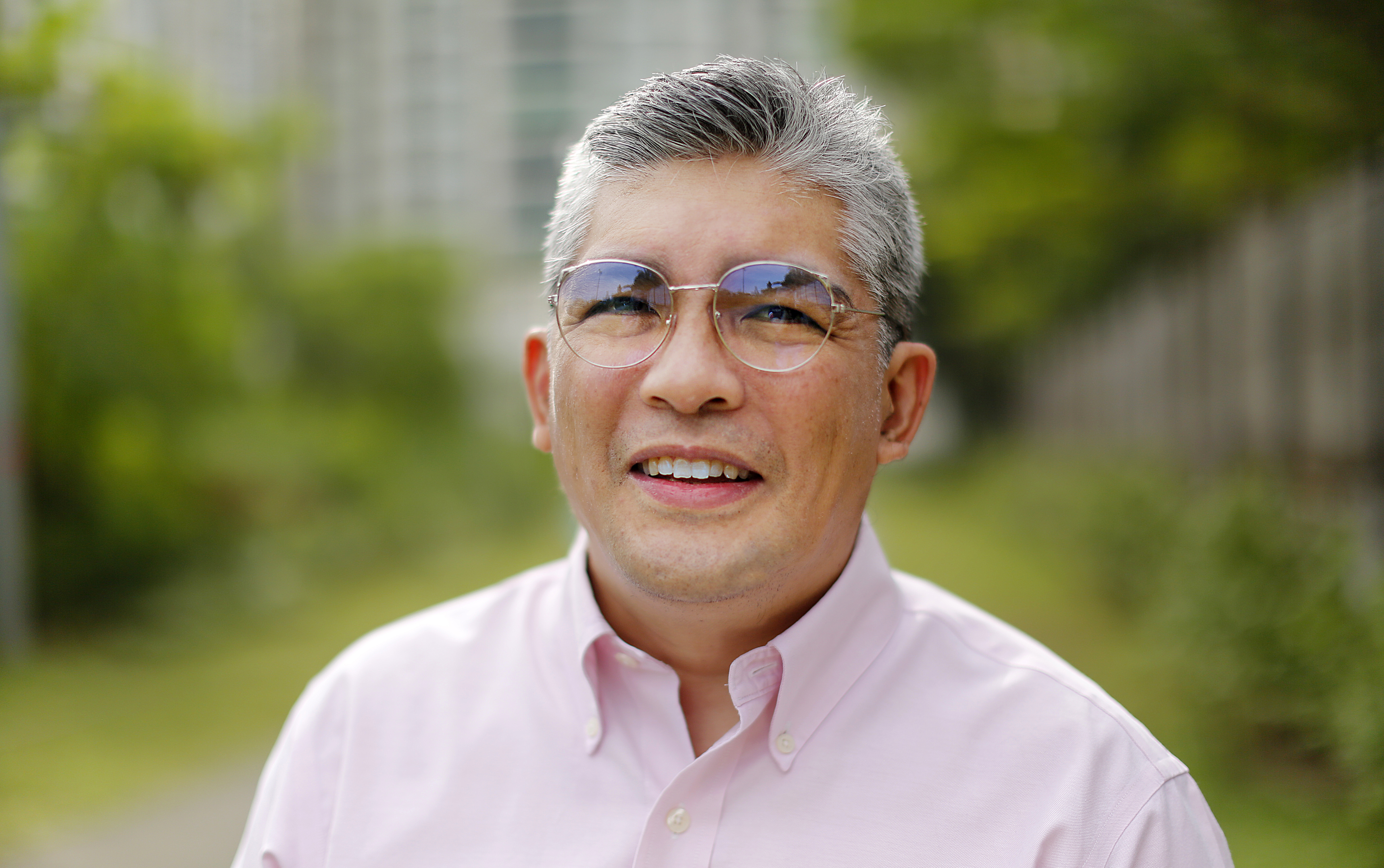OFF THE BEATEN PATH

Almost everywhere, the fundamental right to clean water remains elusive for many. And the Philippines is no stranger to the struggle with current water availability ranging between 1,000 to 1,700 cubic meters per capita, according to the National Water Resource Board (NWRB). Despite widespread recognition of the essential nature of this limited resource, access to clean water continues to be a luxury rather than a universal entitlement. This precarious situation, where even the simple act of drinking a glass of water can be a gamble, is further exacerbated by factors such as climate change, urbanization, and pollution.
As we contend with these challenges, we can draw inspiration from the legacy of President Ramon Magsaysay. His was a leadership at a time when the country was recovering from the onslaught of World War II that left much to address: Infrastructure repair, economic development and social welfare, among others. Who will forget how this former United States Armed Forces of the Far East (USAFFE) guerilla officer dealt with the Hukbong Bayan Laban sa Hapon (Hukbalahap) movement? But that merits a separate article. While the present context is vastly different from those of his era, the core principles of good governance and public service remain timeless. By examining his legacy, we are drawing hope and valuable insights in addressing our current water crisis.
Access to safe drinking water was among the pressing concerns then. True to his pre-electoral pledge, Magsaysay's administration met it head-on with a national program of artesian well construction. The common Filipino found a champion in Magsaysay because the latter understood the former’s most basic of needs. This determination materialized in Executive Order 11 that created the Liberty Wells Association for the development of artesian wells and other sources of potable water supply, prioritizing rural communities that lacked financial wherewithal.
To an extent, the water woes decades ago were managed but not completely eliminated. If at all, like water, these only accumulated over time taking more complex forms. Climate change for one, the kind we are experiencing now is a far leap from the more livable conditions of the 1950s. Scientists merely state a fact when they concede that the record-breaking disruptions we observe are primarily driven by human activities, which necessarily include rapid population growth and the implications of urbanization. The conversion of land for non-forest purposes and the degradation of watersheds definitely jeopardize the sustainability of water supply but I think we are not being wary enough. We are not yet exhausting the discussion of pollution and its harm to aquatic ecosystems ultimately reducing the overall availability of freshwater.
The lookback is not a call for a simplistic replication of what then President Ramon Magsaysay did. While artesian well construction was a valuable initiative, it is clear that such measure alone cannot solve the complex challenges facing our water sector today. Unregulated drilling can have negative consequences too, such as depleting groundwater reserves and causing land subsidence. We see that in the case of Venice during the mid-20th century and never going far, some portions of the Caloocan-Malabon-Navotas-Valenzuela (CAMANAVA) area. Although the landscape has dramatically changed since Magsaysay's time, the underlying principle of public service and commitment to the people remains essential for addressing our current water crisis.
The president we painfully lost to a plane crash in 1957 was commendable in seeing the solution as a public health initiative instead of confining the construction of artesian wells to public works. He brought home a very important point: A reconstructed nation is first built by nourished citizens.
On the regulatory side, we know that all policies spring from the basic principle under Article XIV, Section 8 of the Philippine Constitution that all waters of the country belong to the State. The overarching statute is the Water Code of the Philippines of 1976 under Presidential Decree (PD) 1067. This expansive mandate and its resultant challenges are partly discussed in my column dated 24 April 2024.
In an important forum recently hosted by the Socioeconomic Research Portal of the Philippines featuring discussions on climate change, disaster risk management and governance in the country, NWRB Water Rights Division Litigation and Adjudication Head Atty. Rebyanne Giselle Diaz stressed the need to reexamine how water is allocated. Identifying the current system’s focus on “beneficial use” principle as contributory to the incentivization of wastewater, she proposed reforms, including requiring water conservation and efficiency programs as conditions for water permits.
Many do not know that the Philippines has national standards for drinking water. Fines and imprisonment await violators but the human cost is immeasurable.
(Atty. Gregorio “Goyo” Larrazabal is a former Comelec commissioner. He is a pioneer of automated elections being a member of the Commission that successfully modernized Philippine elections in 2010. He remains involved in public service as an election lawyer. Email: [email protected])